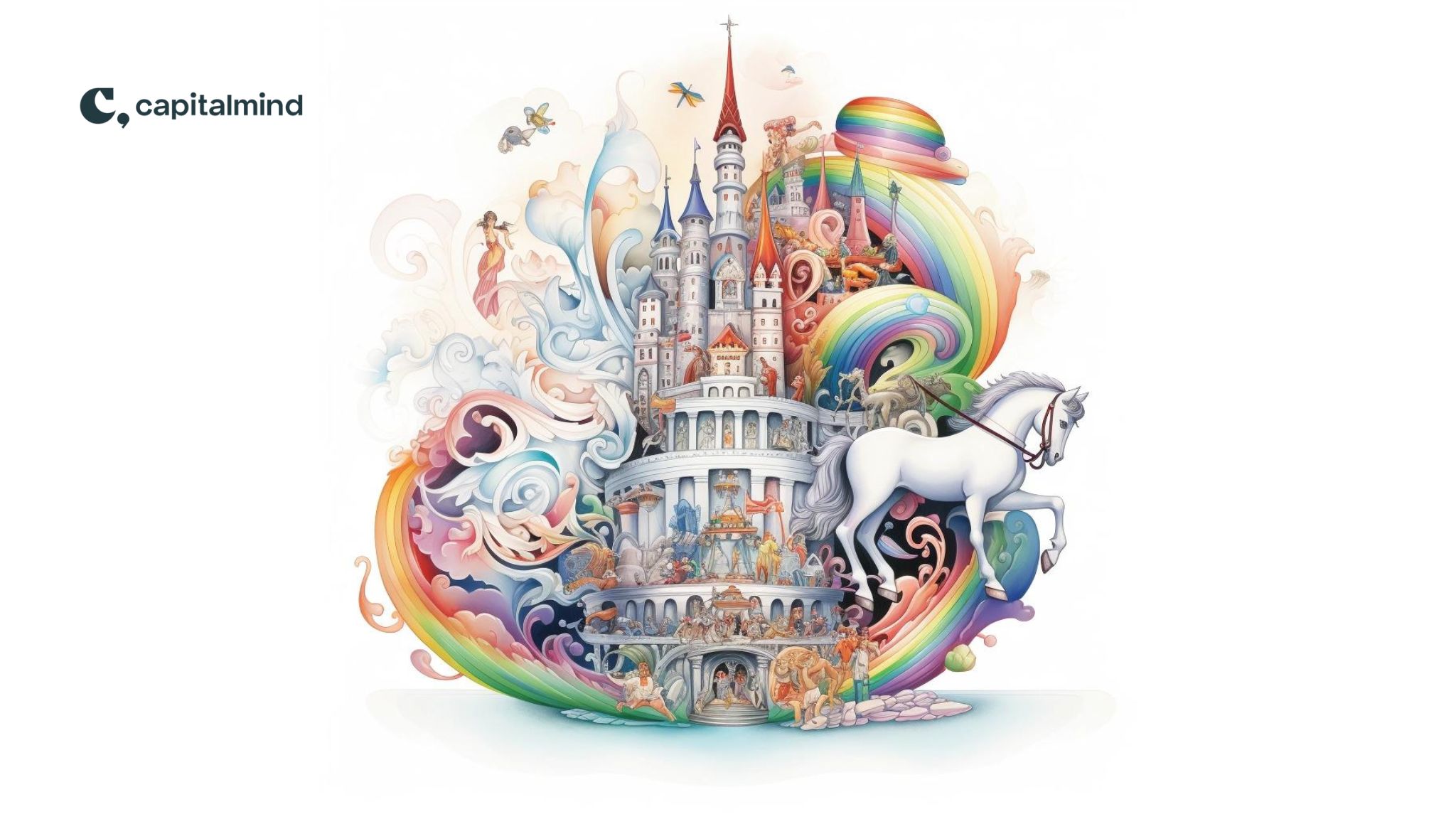Indian markets have rallied substantially in the face of falling crude and falling gold. This is on the assumption that India will have a much lower current account deficit because these are our largest imports. It’s true, definitely, but how much are they really?
Oil is our largest import by far. The latest press release from the commerce ministry shows that oil imports were about $170 billion, about 9% higher than the earlier year. Consider a drop in oil prices of around 15% – the current price of crude is 15% lower than the $114 price last year. This should wipe out the import bill by around $26 billion per year.
But we also export about 825,000 barrels of oil (actually, processed fuel items) every day. Part of the imports pay for that and we can assume those prices will fall by the $15 or so that crude has fallen by. So we’ll lose about $4.5 billion in lower exports, commensurately.
The net saving for crude will be about $21.5 billion per year.
Gold has fallen over 20% from the peak, but we should probably consider about 10% average fall from last year. Non-monetary gold imports were $38 billion in the first nine months of the year (RBI BOP Stats). This extrapolates to about $50 bn per year. A 10% saving on that gives us a saving of $5 bn.
The fall in the price of Crude and gold gives us a saving of around $27 billion per year.
India’s total current account deficit is $72 billion for the first nine months (again, RBI BOP Statistics). That extrapolates to about $98 bn per year.
This is paid for by (in the first nine months):
- FDI of $15 bn
- $14 bn of FII investments
- NRI deposits of $12 bn
- ECB and other loans of $12 bn
- Government gets aid of $2bn
- Trade credit of $15 bn (advances etc.)
Note that if whatever caused crude to fall causes these elements to fall as well, the $26 bn savings will be offset.
For example, Indian companies have defaulted on FCCBs and its time to return money for others. The net impact may be that new investors get spooked (such as in the Zenith or Suzlon cases) and don’t give money in. IF ECBs and other loans go from +12 bn to a zero figure, that’s just negated nearly half the gains made by the crude and gold falls.
Similarly, a fall in NRI deposits or a change in FDI can prompt a reversal of a similar amount.
Yet, it’s very likely that the Current Account Deficit (CAD) goes down in absolute terms. This should do two things – ease the RBI’s fear that the CAD will impact us hugely, and therefore they will cut rates. Secondly, it will raise the rupee’s value at least temporarily, which should cut inflation. Both are very good for the economy and the markets have rallied.
However, one must note that prices are volatile and a change in crude/gold prices will bring us back to phase 1: The Bad CAD.
What am I betting on? I would rather go with the trend at this point. But it’s best to deal with option strangles – buying them – as I expect markets to be tremendously volatile.



